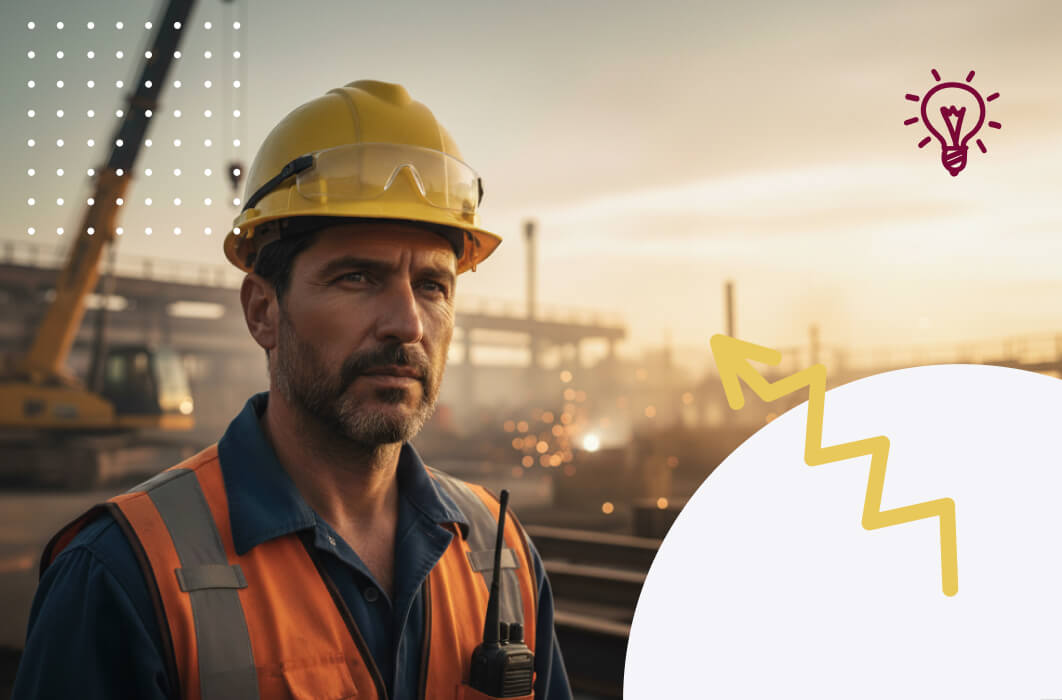Next-Gen HR software refers to a new wave of human resources technology designed to go beyond traditional HRIS systems. It’s smarter, more flexible, and people-focused and built for modern workforces and fast-growing companies. In this article we explore the primary areas that sets Next-Gen apart from traditional HR tech approaches.
Core Characteristics of Next-Gen HR Software
Employee Experience at the Centre
Focuses on intuitive UX, self-service portals, and tools that make work easier for employees.
Next-gen HR software is redefining employee experience by putting people at the centre of every interaction. Instead of clunky, back-office tools, these platforms create intuitive journeys that feel natural and engaging for employees. With automation, smart workflows, and personalised communication, next-gen systems remove friction, reduce admin, and allow HR teams to focus on building connection, clarity, and trust. The result is a more human and impactful experience at every touchpoint.
Modular & Flexible Architecture
Easily adapts to different company sizes, structures, or geographies. Often API-first and designed to integrate seamlessly with other platforms (like payroll, ATS, or learning tools).
Next-gen HR software is built on a modern, API-first architecture that enables both flexibility and scalability. Core HR functions like employee records, onboarding, compliance, and document management are natively integrated and highly configurable, giving teams a strong foundation from the start. Around this core, modular components can be added as needed, whether for performance, insights, WGEA reporting, VEVO checking and more. The architecture also supports real-time, two-way integrations with external systems through open APIs and webhooks, allowing data to flow seamlessly between platforms. This approach ensures businesses can scale and evolve their HR tech stack without duplicating data or disrupting workflows.
Automation & Workflow Intelligence
Replaces manual processes with dynamic workflows—for onboarding, approvals, document collection, and more.
Next-gen HR software leverages automation and workflow intelligence to eliminate manual admin and drive operational efficiency. Built on dynamic workflow logic, these platforms allow HR teams to automate complex processes like onboarding, document collection, approval chains, and compliance tasks based on conditional logic and real-time data. Actions can be triggered automatically by events (e.g. a new hire start date or policy change), reducing delays and human error. With built-in notifications, task assignments, and smart rules, next-gen systems ensure the right people take the right action at the right time freeing HR to focus on strategic priorities rather than repetitive tasks.
Unified & Meaningful Data
Next-gen HR software is data-driven by design, built on structured, centralised employee records that serve as a single source of truth. These platforms don’t just store information but rather they organise it in a structured way that has meaning. By integrating with other business systems like payroll, identity providers, ATS platforms, and learning tools, they enrich employee profiles with real-time data from across the organisation. This unified view enables powerful reporting, people analytics, and trend detection giving HR teams the insights they need to make smarter decisions, predict risk, and support strategic planning.
Compliance-Friendly
Built to keep up with changing legislation (e.g., modern awards in Australia, ISO compliance, site or industry compliance) without requiring constant manual updates.
Next-gen HR software is built to be compliance-friendly from the ground up. They adapt to evolving legal and regulatory requirements without manual workarounds. Core processes like policy management, document tracking, and right-to-work checks are built into the platform. Customisable compliance bundles, audit trails, and expiry notifications help ensure nothing slips through the cracks. And with integrations to external compliance systems, these platforms maintain up-to-date records across your entire workforce. The result is reduced risk, streamlined governance, and peace of mind for HR and leadership alike.
How It’s Different from Traditional HRIS
| Traditional HRIS | Next-Gen HR Software |
|---|---|
| Back-office compliance | Employee-facing experiences |
| Rigid & monolithic | Flexible, modular, API-driven |
| Manual data entry | Smart automation & workflow tools |
| Basic reporting | Real-time insights & data tables |
| Limited integrations | Seamless integrations with modern tools |
| Payroll-focused | People & culture focused |
Example of a Next-Gen HR Platform
Worknice is a clear example of a next-gen HR platform. It’s purpose-built to meet the demands of modern, fast-growing businesses, especially those operating in complex regulatory environments like Australia. Unlike legacy HRIS systems that are compliance-heavy but employee-light, Worknice delivers a people-first experience. It does this with clean design, intuitive workflows and automation and an approachable UI. Its flexibility allows HR teams to adapt processes to their own culture, not the other way around.
What makes Worknice truly next-gen is its integration-first architecture. It connects seamlessly with tools like payroll and ATS platforms, eliminating data silos and creating unified employee information. With features like smart workflows, compliance bundles, and document automation, it frees up HR from admin and empowers them to focus on strategic goals like culture, engagement, and retention.



